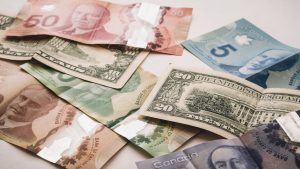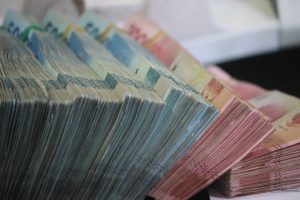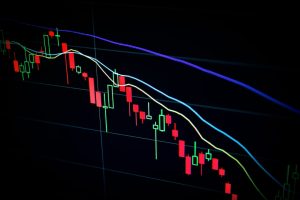The Fibonacci sequence is a mathematical theory that has been around for centuries. It is named after the Italian mathematician Leonardo Fibonacci who discovered it in the 13th century. The Fibonacci sequence is a series of numbers where each number is the sum of the two preceding ones, starting from 0 and 1. The sequence goes like this: 0, 1, 1, 2, 3, 5, 8, 13, 21, 34, 55, 89, 144, etc.
The Fibonacci sequence has been applied to many fields, including the financial markets. In forex trading, traders use the Fibonacci sequence to predict potential support and resistance levels, as well as possible entry and exit points. In this article, we will explain how to use the Fibonacci sequence in forex trading.
First, let’s define some important terms.
Support and resistance levels: These are levels where the price tends to stop or reverse. Support levels are where the price tends to bounce back up from, while resistance levels are where the price tends to bounce back down from.
Retracement: This is a temporary reversal in the direction of the price movement. It is often caused by profit-taking or market correction.
Extension: This is a continuation of the price movement beyond the previous high or low. It is often caused by a strong trend or momentum.
Now, let’s discuss how to use the Fibonacci sequence in forex trading.
Step 1: Identify the trend
The first step is to identify the trend. You can use technical analysis tools such as moving averages, trendlines, or chart patterns to determine the direction of the trend.
Step 2: Identify the swing high and swing low
The next step is to identify the swing high and swing low. A swing high is a point where the price stops moving up and starts moving down. A swing low is a point where the price stops moving down and starts moving up.
Step 3: Draw the Fibonacci retracement levels
Once you have identified the swing high and swing low, you can draw the Fibonacci retracement levels. The retracement levels are drawn by connecting the swing high to the swing low with a Fibonacci retracement tool. The retracement levels are 23.6%, 38.2%, 50%, 61.8%, and 78.6%.
The 50% level is not part of the original Fibonacci sequence, but it is often included because it is a significant psychological level. Traders often use the 50% level as a potential entry or exit point.
Step 4: Identify the potential support and resistance levels
After drawing the Fibonacci retracement levels, you can identify the potential support and resistance levels. The 23.6% level is often considered a shallow retracement and may not provide strong support or resistance. The 38.2% and 50% levels are considered moderate retracements and may provide some support or resistance. The 61.8% and 78.6% levels are considered deep retracements and may provide strong support or resistance.
Step 5: Use other technical analysis tools to confirm
Fibonacci retracement levels should not be used in isolation. You should use other technical analysis tools such as trendlines, moving averages, or chart patterns to confirm the potential support and resistance levels.
Step 6: Identify the potential entry and exit points
Once you have identified the potential support and resistance levels, you can use them to identify potential entry and exit points. For example, if the price is approaching a potential resistance level at the 61.8% retracement level, you may consider selling or shorting the currency pair. If the price is approaching a potential support level at the 38.2% retracement level, you may consider buying or going long on the currency pair.
Step 7: Use Fibonacci extensions to identify potential targets
In addition to Fibonacci retracement levels, you can also use Fibonacci extensions to identify potential targets. Fibonacci extensions are drawn by connecting the swing low to the swing high and then projecting the levels beyond the swing high. The extension levels are 127.2%, 161.8%, and 261.8%.
The 127.2% level is often used as a conservative target, while the 161.8% and 261.8% levels are used as more aggressive targets.
Conclusion
The Fibonacci sequence is a powerful tool that can be used to predict potential support and resistance levels, as well as possible entry and exit points in forex trading. However, it should not be used in isolation and should be used in conjunction with other technical analysis tools. Remember to always use proper risk management techniques and to never risk more than you can afford to lose.





